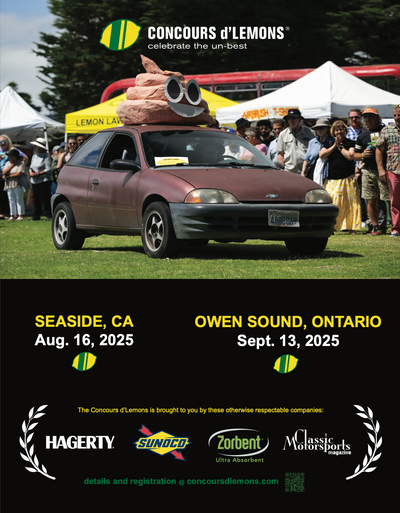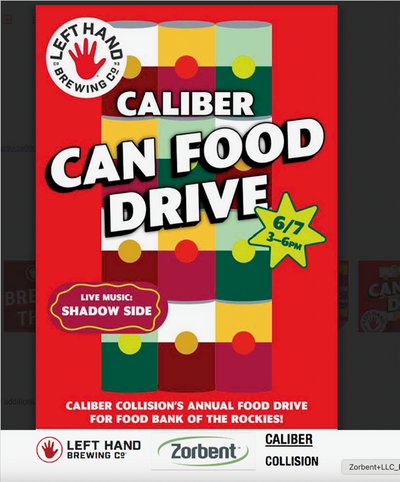Zorbent® is a cleaning product that has been available for household and workplace use since the 1990s. Initially developed to clean up the hazardous Rocky Flats Nuclear plant in Colorado, Zorbent® was formulated using a non-toxic and environmentally safe solution. The product was rigorously tested by EPA-approved labs, which confirmed that Zorbent® retains 99.9% of volatile compounds. This makes it an ideal solution for cleaning up any liquid mess in seconds.
One of the most impressive features of Zorbent® is its fast-acting absorbent properties. It can absorb water, oil, or chemicals instantly, leaving the surface clean and dry. Unlike other adsorbents, Zorbent® is non-toxic, non-hazardous, and non-irritating, making it safe to use around pets and children, and it doesn't harm the environment.
Using Zorbent® is simple and straightforward. Just pour the absorbent onto the spill and let it work. The absorbent encapsulates the liquid quickly, preventing it from spreading or leaking. Once the absorbent has done its job, sweep or vacuum it up and dispose of it properly.
However, it's crucial to take necessary precautions when dealing with hazardous spills. Here are some tips to ensure that you're cleaning up spills safely and effectively:
- Identify the type of spill and take necessary precautions to protect yourself and others.
- Contain the spill by using a fast-acting absorbent like Zorbent®! Follow the instructions on the product label.
- When handling hazardous chemicals, always wear protective equipment such as gloves, goggles, and a mask to reduce exposure
- Dispose of any contaminated materials properly, following local regulations.
Zorbent® is an excellent choice for household and workplace use. Its fast-acting absorbent properties and non-toxic, environmentally safe formula make it a game-changer when it comes to cleaning up spills. Remember to take necessary precautions when dealing with hazardous spills and always dispose of any contaminated materials properly.






